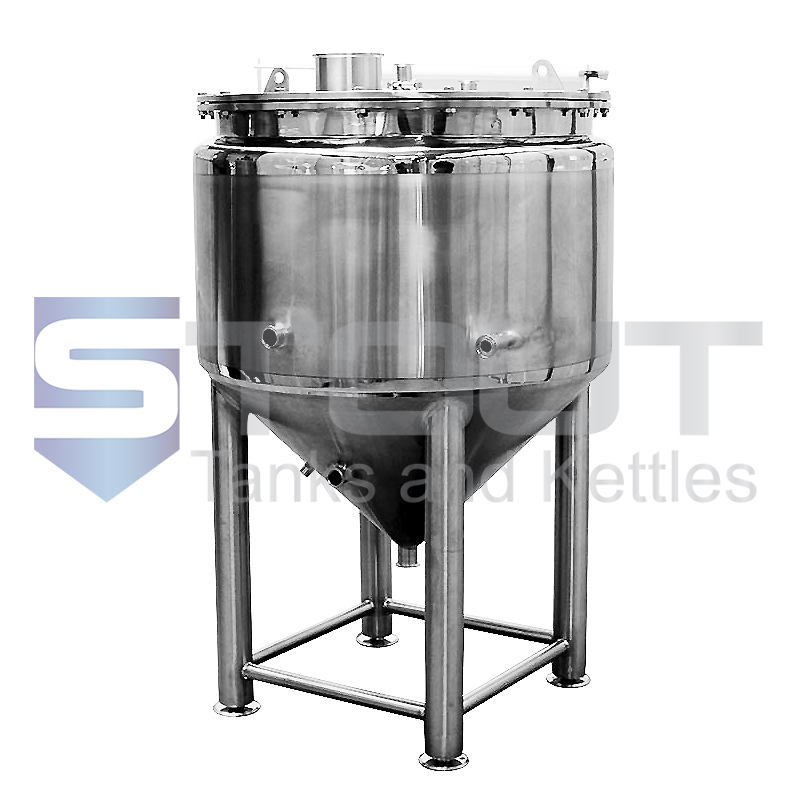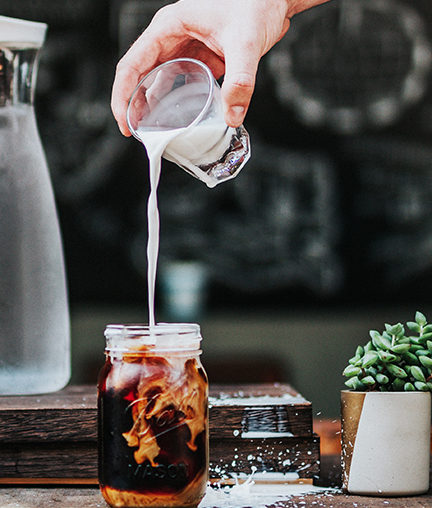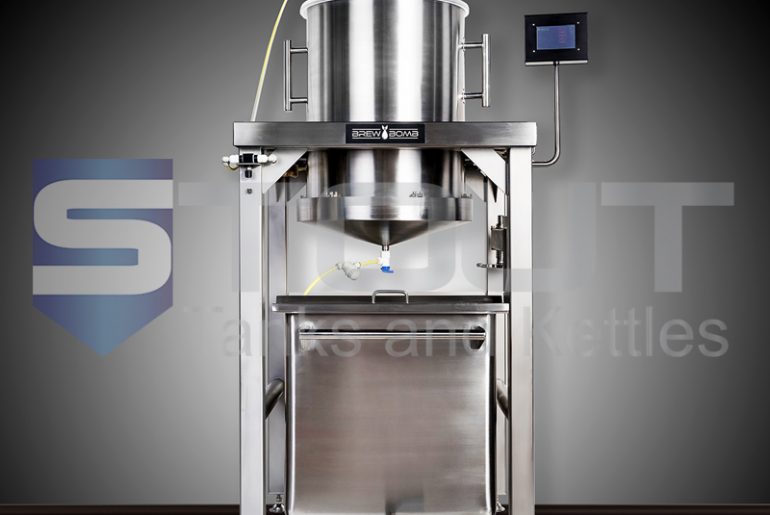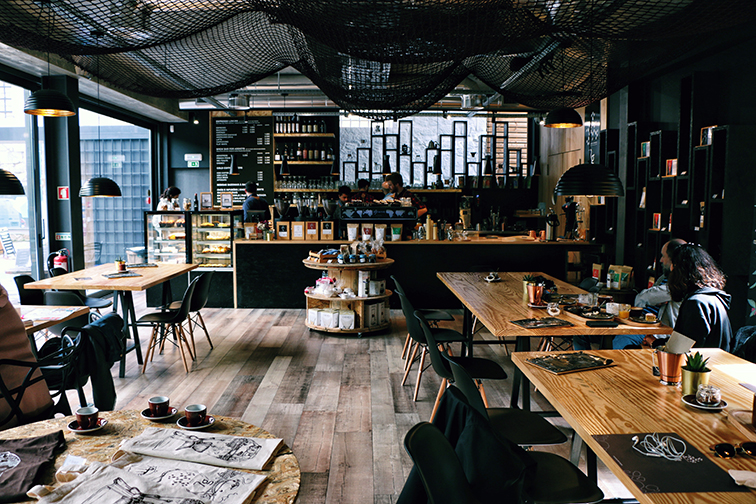As a coffee roaster or café owner, it is up to you to manage the variables in your coffee to create the perfect cold brew recipe. The variables include:
- Origin of coffee
- Roasting style
- Grind size
- Water temperature
- Brew time
- Water chemistry
The origin of the coffee and the roasting style are at the heart of the magic of coffee. Sourcing and roasting the right coffee for your cold brew flavors will have the biggest impact on the quality of your cold brew.

Most roasters start out with the largest grind size they can to maximize the flavor that makes it to the coffee. Set your grinder to the largest size you can, and work backward from there. Most coffee brewers have found that the larger the grind size, the more control they have over the flavor of the cold brew. The volatile chemicals that make up the flavor and aroma of coffee are very evanescent. They combine quickly with oxygen. Oxidation can quickly change the flavor of the coffee.
How do you prevent this?
By choosing a larger grind size, you are limiting the surface area of the coffee bean, and thereby reducing oxidation of the coffee. Because water is such a good solvent, it can soak deep into the bean and bring those flavors out into the cold brew. The magic is in the time that it takes for water to bring those flavors out of the bean.
Size Matters.
The grind size will have an impact on the type of filtration system you want for your cold brew system. The size of particle you put into your cold brew will affect the clarity of the brew. Our cold coffee systems are designed to manage particle size so that you can control how clear your cold brew looks in the glass. We use a number of filtration systems that can filter your coffee down to a parcel size of 1 micron, if necessary.
Other Factors to Consider.
Time and temperature are also big factors to balance. The greater the temperature of your brew, the less time it takes to brew. The colder the brew, the longer the brew time. Of course heat also affects the rate of evaporation of the volatile coffee flavors, and the rate of oxidation.
What is “Warm Bloom?”
Some brewers like to use a “warm bloom” to their cold brew, where they start with water slightly above room temperature to pull flavors out of the bean more quickly. After the warm bloom, the brew is allowed to cool to room temperature. Room temperature varies from room to room, and from day to day, and from during the time of day.
Temperature Options
If you can’t control the air temperature in your brewery you might consider controlling the temperature of the brew. We sell glycol chilling systems as well as electric or direct fire heat that can help you control the temperature of your cold brew. Depending on the size of your cold brewery, it might make sense to consider adding temperature control to your cold brew system.
Water Chemistry
The chemistry of the water will also have an impact on the flavor of cold brew. The Ph of your water and the mineral content of the water will vary the flavor of your coffee. We can help you develop a reverse osmosis filter system or other water treatment system to manage the flavor of your cold brew.
We are here to help.
Talk to us about how we can help you control the temperature in your system. Check out our Cold Brew Coffee Systems and call us directly with your specific questions.
Cheers!




